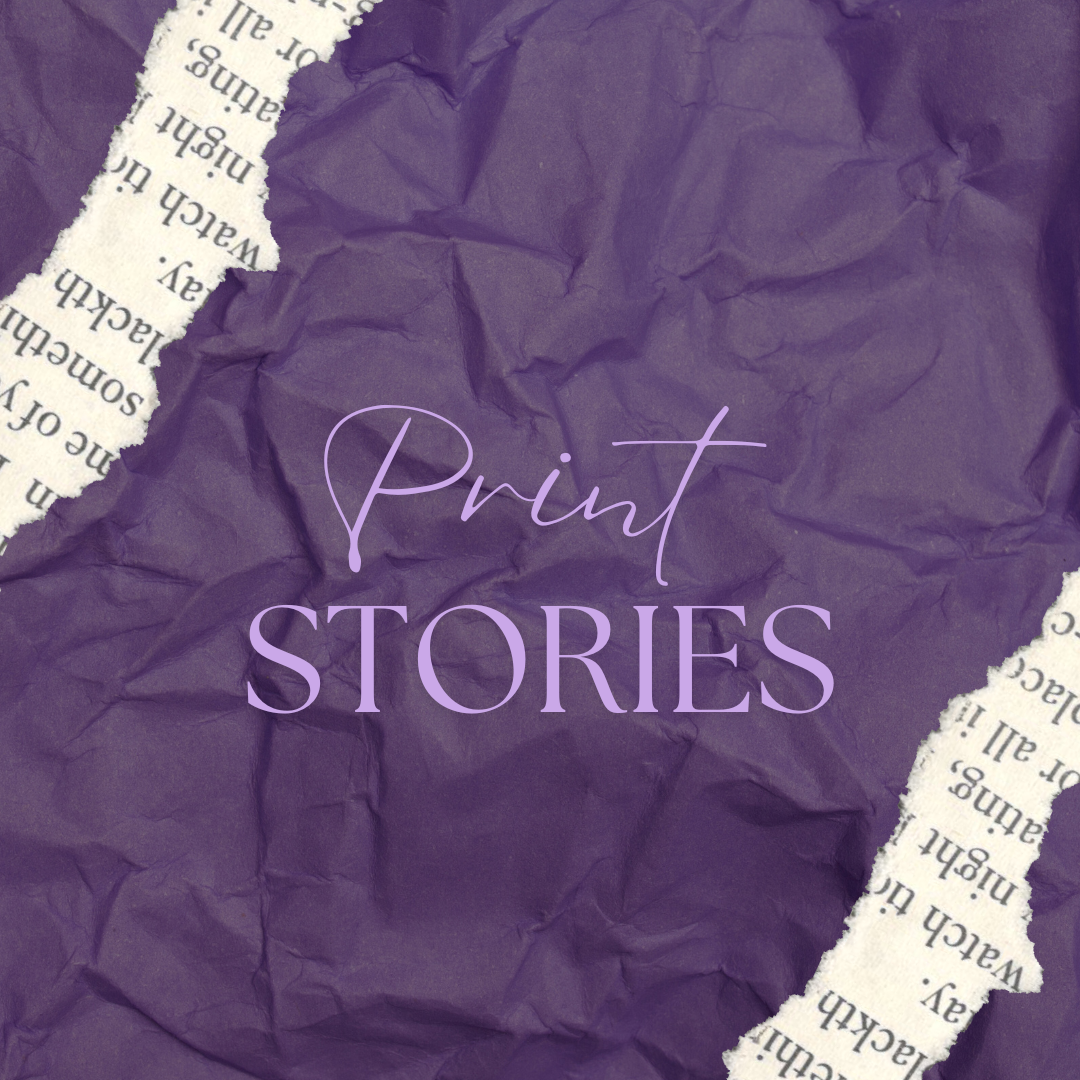To find the answer, go to page 19 in Krier Issue 2
Story 1:
Journalism is catching up with the influx of new, innovative ways to use artificial intelligence (AI) with the Journalistic Learning Institution’s (JLI) creation of Murrow. Launched in 2023, Murrow, named after acclaimed journalist Edward R. Murrow, aims to coach students in journalistic writing.
Murrow is designed to assist in writing stories, not to write them for you. Some of its features include giving grammatical suggestions, brainstorming, providing writers with angles, narrowing ideas and offering feedback.
“Having Murrow out there allows a lot more access to the principles of good journalism and to an interactive experience,” said Ellen Austin, Scholastic Journalism Consultant and Adjunct Instructor at Kent State University.
Austin began exploring AI’s role in journalism with University of Oregon associate professor Ed Madison about a year ago. They began by focusing on key questions: How would an AI journalism tool work? How could it help?
The next day, Madison told Austin that he would launch an AI tool. It would be an AI designed by journalists for journalists.
“Within a week, Murrow was built,” Austin recalled.
When creating the tool, Austin and colleagues reached out to journalists and former students to test the product. Testers were asked to intentionally misuse or break the AI to help answer the question, “Is Murrow ethical?” The overall results were positive. Murrow did not write stories when asked to, and instead guided users through the creative process of writing it themselves.
“For better or for worse, [AI is] here and we can’t get rid of it,” math and CTE teacher Matthew Smith said. “For students, I think we have to start teaching them how to use it responsibly and not letting it do the thinking for you.”
Instead of worrying about how AI can be misused, Austin emphasized a need to focus on teaching students how to use it for good.
“The one thing you’ve got that AI doesn’t have is that spark, that creativity, that intuition, that out of the box lash, that gestalt that we have as humans,” Austin said.
Murrow was designed with students in mind. Used as the groundwork for a story, Murrow assists writers in adhering to the grammatical and spelling guidelines of the Associated Press (AP) style guide, offers tips on writing different types of stories and gives angle suggestions.
As it continues to expand, the JLI now offers writing assistant Murrow as well as Pathfinder for solutions journalism, Jane for sports writing, Ida for opinion writing, Gordon for photojournalism and VJ for video journalism.
“Murrow, like any tech tool, is going to continue to be a work in progress,” Austin said. “It’s a tool that’s adaptable. The team behind Murrow has continued to make adjustments, enhancements and shifts throughout this past year.”
Story 2:
In the rapidly evolving world of journalism, a new tool is making waves among students and educators alike: Murrow AI. Named after the Edward R. Murrow, this innovative artificial intelligence platform aims to guide aspiring journalists through the complexities of story development and writing. Conceived by Ellen Austin, a Scholastic Journalism Consultant and adjunct instructor at Kent State University, and Ed Madison, an associate professor at the University of Oregon, Murrow represents a bold leap into the future of news education.
“Within a week, Murrow was built,” Austin recalls, highlighting the speed at which the project came to life. With its user-friendly interface, Murrow engages users with a simple question upon startup: “What would you like to accomplish in this session?” Whether it’s developing a topic, crafting interview questions, or analyzing writing, the AI positions itself as a supportive tutor for budding journalists.
However, Austin emphasizes that Murrow is not a replacement for human creativity. “The one thing you’ve got that AI doesn’t have is that spark, that creativity, that intuition,” she notes. This sentiment underscores a critical aspect of journalism education: the necessity for students to cultivate their unique voices while harnessing technology.
As AI becomes increasingly integrated into various fields, educators recognize the importance of teaching responsible usage. Matthew Smith, a math and CTE teacher, states, “For better or for worse, it’s here and we can’t get rid of it. For students, I think we have to start teaching them how to use it responsibly.” This perspective resonates within the journalism community, where ethical considerations and critical thinking are paramount.
Murrow’s capabilities extend beyond mere text generation; it offers an interactive experience that enhances understanding of journalistic principles. “Having Murrow out there allows a lot more access to the principles of good journalism,” Austin explains. By democratizing access to quality journalism resources, Murrow equips students with the tools necessary for success in a competitive field.
Despite the advancements of AI, Austin acknowledges that Murrow remains a work in progress. “Murrow, like any tech tool, is going to continue to be a work in progress. It’s adaptable,” she says. The team behind Murrow is committed to refining the platform, implementing feedback and enhancements to meet the evolving needs of its users.
As journalism grapples with the challenges and opportunities presented by AI, tools like Murrow could very well shape the next generation of storytellers. In a landscape where facts are often disputed and narratives are complex, the combination of human creativity and technological assistance may be the key to unlocking the potential of future journalists. Through platforms like Murrow, the spirit of Edward R. Murrow endures, reminding us that while technology can assist us, the heart of journalism will always lie in the human experience.











